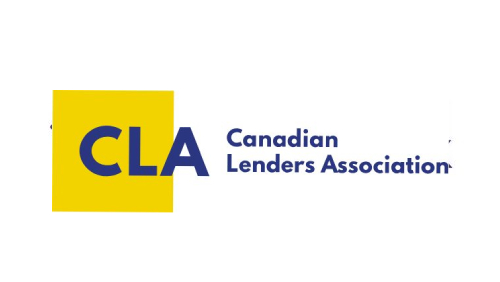Mind the Credit Gap on BNPLs
Abstract: The article explores the growing integration of Buy Now, Pay Later (BNPL) loans into mainstream credit systems, particularly in light of FICO’s announcement to include BNPL data in new scoring models in the U.S. While Equifax and TransUnion in Canada are starting to incorporate similar data, this shift poses both opportunities and risks. For underbanked Canadians—such as newcomers or those with thin credit files—BNPL can offer a path to building credit. The article urges the industry to develop a consistent framework to ensure that BNPL data enhances credit inclusion rather than exacerbating exclusion.
When FICO—the firm behind America’s most widely used credit scoring model—announced in June that it would incorporate Buy Now, Pay Later (BNPL) loans into new scoring algorithms, it sent a signal far louder than the headline suggested. BNPL, a financial curiosity just a few years ago, has matured into a material component of household borrowing. And now, it’s knocking on the door of Canada’s credit infrastructure.
FICO’s move to create new score models—FICO 10 T BNPL and FICO Score 10 BNPL—reflects a foundational shift: short-term, interest-free installment loans, once thought too informal or fragmented to report, are now being codified as credit in the formal financial system. In the United States, this has implications for tens of millions of consumers and a BNPL market nearing $200 billion in annual volume. But Canada, where the credit landscape is less fragmented and more highly regulated, faces an even more delicate challenge: integrating BNPL data without exacerbating financial exclusion.
As we know, in Canada, Equifax has already begun incorporating BNPL data into consumer credit files. TransUnion is not far behind. What was once an opaque corner of consumer finance—unseen by lenders, insurers, and regulators—is gradually being drawn into the light.
For many Canadians—especially those who are new to credit, new to Canada, or any Canadian with paper thin file—BNPL loans may be the only credit-like product available. In principle, including this data in credit files should benefit those who repay responsibly. Regular, timely payments—even in $50 increments—may build a positive credit history where none previously existed.
Questions
The Canadian government, through the Financial Consumer Agency of Canada (FCAC), has begun to study BNPL. FCAC’s pilot research and forthcoming regulatory guidance are steps in the right direction. Canada’s split between provincial consumer protection statutes and federal privacy law does little to ensure consistent treatment of BNPL data. As things stand, inclusion of BNPL data in credit files is voluntary, variably reported, and inconsistently used in underwriting.
But for an industry that calls this a payment method, is it founded to allow this same data to quietly shape access to mortgages, car loans, and credit cards.
There are three questions that come to mind:
- Should BNPL providers be required to disclose to borrowers, at point-of-sale and via statements, whether and how the loan will be reported to credit bureaus?
- How can credit bureaus standardize distinct fields for BNPL loans—segregating them from revolving or installment credit—to ensure fair scoring?
- Can scoring models must be adapted (as in the U.S.) to account for the episodic, low-limit nature of BNPL, lest they misclassify responsible use as credit overextension.
Canadian regulators should prepare for a future in which non-traditional credit data—BNPL, rental history, even telco payments increasingly plays more of a role in credit scoring. If done right, this could help close Canada’s credit inclusion gap. If done poorly, it could widen it.
To allow for open access to credit, we must strive for a coherent regulatory framework to ensure BNPL data is accurate, fairly scored, and responsibly used.
5 Key Insights:
-
FICO’s New Models Signal BNPL’s Maturity:
The launch of FICO 10T BNPL and FICO Score 10 BNPL marks a turning point in the formalization of BNPL data as a legitimate factor in credit scoring in the U.S. -
Canada’s Credit Environment Is More Delicate:
With tighter regulation and fewer players, Canada faces a unique challenge in integrating BNPL data without increasing financial inequality or misclassifying consumer behavior. -
BNPL Data Could Help Thin-File Borrowers:
For Canadians without traditional credit history, properly reported BNPL repayment data could offer a path to building or improving credit scores. -
Current Reporting Is Inconsistent:
BNPL data in Canada is still voluntary, variably reported, and not uniformly incorporated into underwriting, creating potential pitfalls for both borrowers and lenders. -
Need for Regulatory Coherence:
To ensure fairness and transparency, regulators must mandate clear disclosure practices, standardize how BNPL is reported and scored, and protect against credit misclassification.
Sign up for the CLA Finance Summit Series




